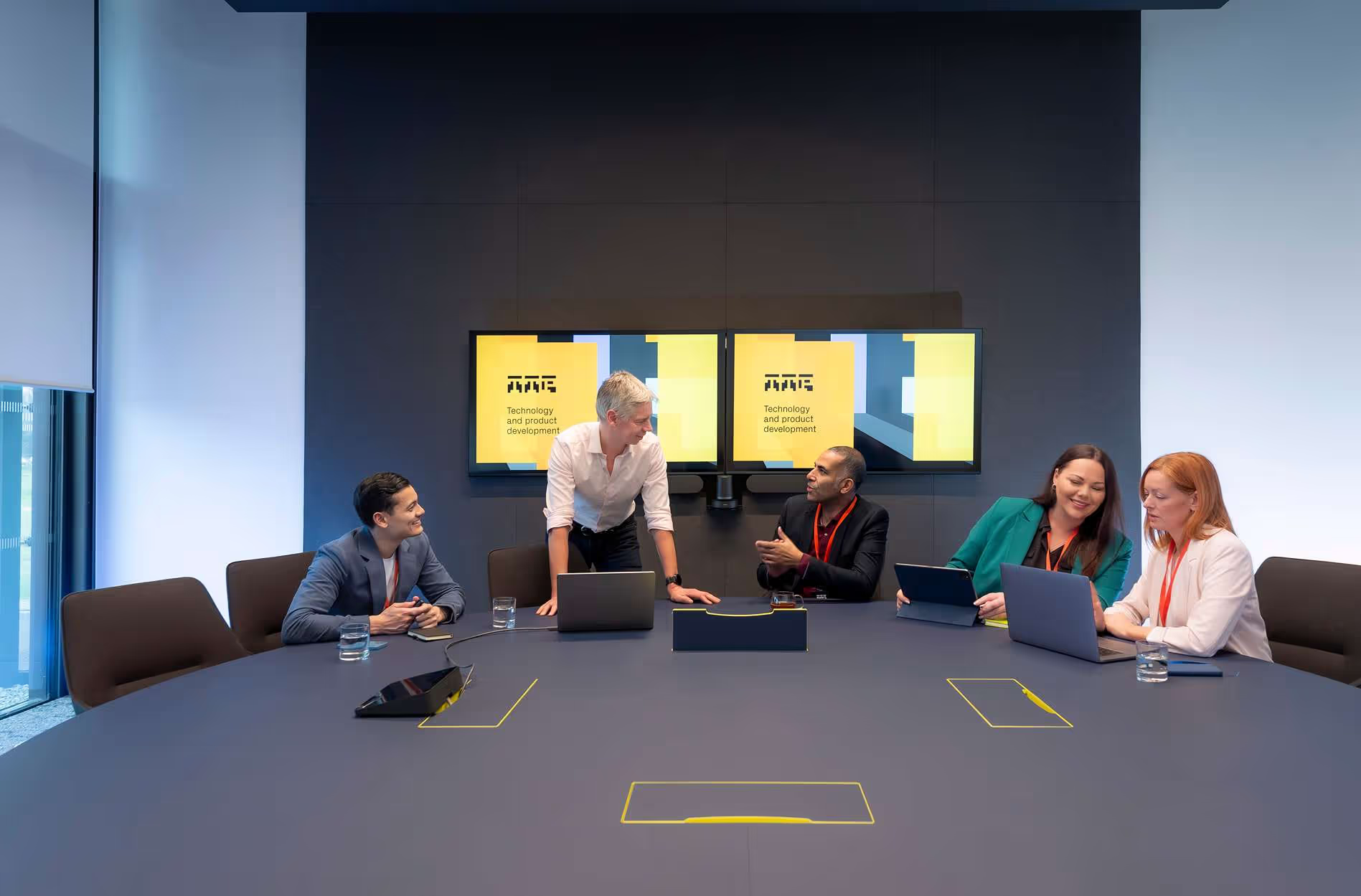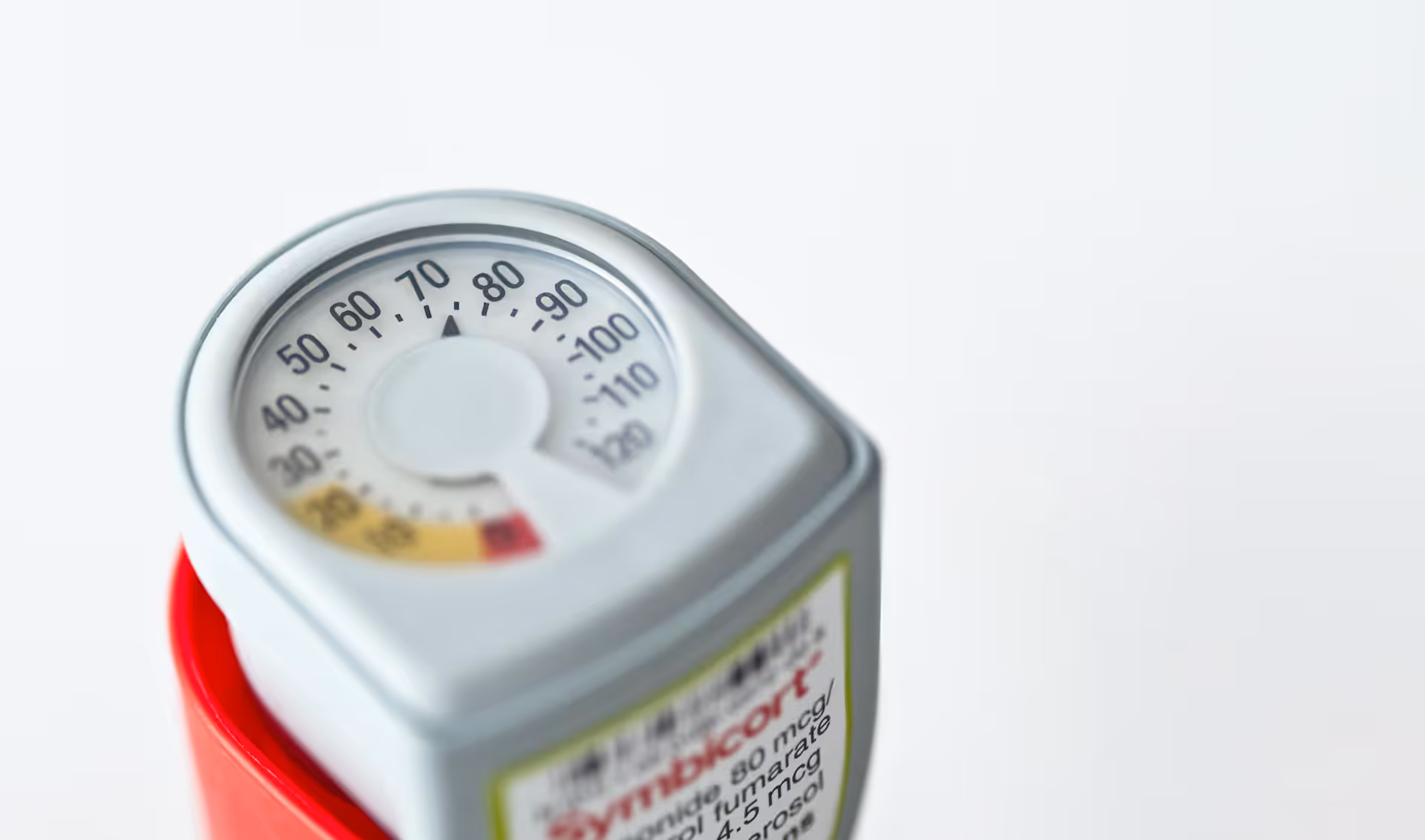Our analysis suggests that Neutrocheck® testing has the potential to reduce the environmental impact of Neutropenic Sepsis care by as much as 20%.
Context
Given a growing focus on the sustainability of healthcare products and services, 52 North Health (52NH) wanted to understand the expected environmental impact of its at-home diagnostic test (Neutrocheck®) for monitoring people with cancer after chemotherapy treatment.
Solution
A holistic sustainability assessment, carried out by TTP as part of the NHS Net zero initiative, showed that the anticipated patient benefits of Neutrocheck® testing go hand in hand with substantial sustainability gains through avoided hospital care and patient travel. Supporting design changes to improve patient engagement were also identified.
Result
The holistic assessment methods developed by TTP provide a path towards standardised tools and frameworks that medical device developers can use to demonstrate the true environmental cost of technology adoption to healthcare providers.
TTP’s approach offered us a rigorous process for assessing and optimising the sustainability of Neutrocheck®, together with transparency of why design improvements were suggested and how they could be implemented.
Saif Ahmad
CTO, 52 North Health

As future pipeline drugs increasingly come to be administered by patients in their homes, remote patient monitoring (RPM) devices are poised to play a greater role in keeping an eye on patients’ progress and to detect potential problems early.
In this regard, COVID was only a first step towards widespread at-home testing. The pandemic also accelerated the adoption of remote and virtual care, but the proliferation of testing and monitoring equipment in every patient’s home may raise questions about environmental sustainability from patients, HCPs and payors.
52 North Health
Our client 52 North Health is reinventing the care pathway for chemotherapy treatment. Neutrocheck® is a finger prick blood test that identifies patients at risk of Neutropenic Sepsis (NS), a common complication of chemotherapy treatment.
Patients with low or rapidly dropping neutrophil counts are most at risk, and currently all patients who feel unwell are advised to go to hospital for neutrophil testing and antibiotic treatment.
Neutrocheck® promises to make this care pathway less stressful and more effective for patients, by enabling effective triaging and earlier treatment of those that are truly at risk of NS.
52 North Health wanted to understand the expected environmental impact of the introduction of at-home testing, and how it could improve the sustainability impact for the National Health Service (NHS).
Holistic care pathway modelling
To answer this question, we modelled the sustainability impact of the current NHS care pathway and compared this baseline to different future scenarios, where patients will test themselves at home as soon as they start to feel unwell and relay the results to their care team.
For example, with Neutrocheck® some patients may be advised to watch-and-wait, followed by a second test, after which they may safely stay at home. Others may be told to see their GP and can safely stay at home with a prescription of oral antibiotics. Lastly, some patients might be admitted to hospital immediately. Frequent at-home testing also allows detection of the early onset of NS, making it possible to offer earlier treatment before intensive hospital-based care becomes necessary.

A win-win for patients and the environment
Not only are all of these outcomes clearly beneficial for people receiving chemotherapy treatment. Each also brings an environmental benefit compared to current practice – principally through avoided hospital care and patient travel to and from hospital.
Our analysis suggests that Neutrocheck® testing has the potential to reduce the environmental impact of Neutropenic Sepsis care by as much as 20%.
Need support with your next project? Contact our Drug delivery consulting team.
Pinpointing opportunities for supporting design changes
TTP’s approach to holistic care pathway modelling can also pinpoint opportunities to improve the performance of at-home monitoring solutions through supporting design changes.
For 52 North Health, we were able to confirm that, of a number of options considered, the most promising changes are those that encourage earlier testing at home because this will ultimately reduce the need for intensive hospital care.
One option is to focus on improving the “onboarding” communication with patients as they are discharged after chemotherapy. Another option is to accompany the test with better education about NS and the interpretation of test results. And, not least, 52 North Health could consider design changes to the test device to encourage early testing and detection.
The sustainability improvement of each of these changes will typically be an order of magnitude greater than the cradle-to-grave environmental footprint of the device itself.
In this way, early consideration of medical device design in the context of the care pathway can identify how we can achieve the biggest performance improvements – in 52 North Health’s case by improving patient engagement.

Outlook
52 North Health’s Neutrocheck® can be expected to substantially reduce the environmental impact of NS care compared to the current baseline.
In addition, holistic care pathway analysis is a valuable tool for pinpointing how these wins for patients and the environment can be extended in the future – or with other monitoring solutions for advanced drug treatments.
As the NHS Net zero initiative is implemented more widely, the demands on medical device suppliers will only grow. Suppliers will need to provide detailed carbon reduction plans and demonstrate the long-term sustainability benefits of their innovations to their customers.
About TTP's Drug Delivery team
TTP's Drug Delivery Device Development team provides end-to-end support for complex drug delivery projects, from early feasibility to clinical and commercial deployment. Drawing on deep engineering capabilities, human factors insight, and scientific understanding, we develop innovative solutions that are efficient, reliable, and ready for scale.
Our experience spans four decades of helping clients overcome technical and practical constraints, enabling the delivery of advanced therapies with meaningful patient impact.
The team is part of our broader Medical Device Development Consulting team, consisting of 300+ engineers, scientists, and human factors specialists. For nearly four decades we've partnered with clients to develop impactful solutions, helping them achieve commercial success. See our approach to medical device design and development.









